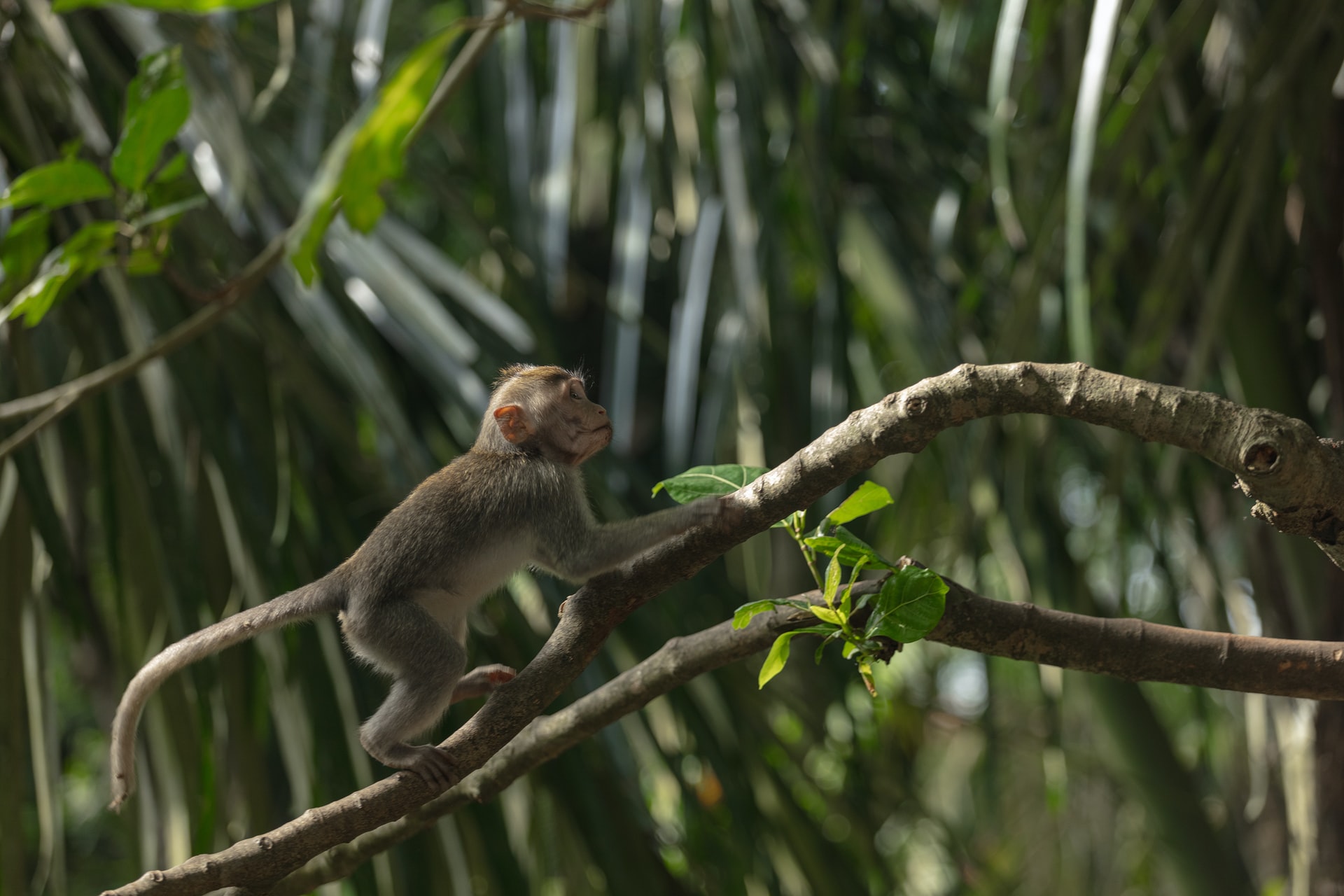Why is monkeypox spreading among humans?

Since 1970, most cases of monkeypox in humans have been linked to infected animals or travel to countries where the virus is endemic, but the origin of the ongoing epidemic remains a sort of yellow. Here are the possible explanations for its spread among humans and what turn the virus could take
First discovered in 1958 by a laboratory in Copenhagen , monkeypox or monkeypox owes its name to some infected monkeys imported into the country from Singapore a couple of months earlier. However, it is believed likely – but has not yet been proven – that the virus originates in rodents.
THE FIRST CASE IN MAN
The first case in humans, however, was only identified in 1970 in a nine-month-old child hospitalized in a hospital in the Democratic Republic of the Congo . AsBBC recalls, although the patient lived in an area of tropical rainforest populated by monkeys, doctors were unable to determine whether he had recently come into contact with an infected monkey or whether it came from another source.
The boy recovered from the infection, but within days he contracted measles, which caused his death.
THE SPREAD IN AFRICA AND THE ARRIVAL IN THE UNITED STATES
Although there is no certainty that there may have been other cases before this one, it is certain that many more have been reported since then in various African countries, followed by the first epidemic in the United States in 2003, when they were 70 cases reported.
Until recently, Time writes, "monkeypox rarely spread from person to person." In 2005, a study even declared a group of six cases in the Republic of Congo "the longest unbroken chain of monkeypox in humans fully documented to date."
HOW THE MONKEY FLAY HAS ARRIVED IN THE USA AND BEYOND
According to the BBC 's reconstruction, the virus is thought to have arrived in the United States via infected prairie dogs. These had been kept as pets and had inhabited Gambian rats and dormice imported from Ghana.
Since then, other cases have been found in the UK, Israel and Singapore, but these were mostly people who had recently traveled to Africa or contracted the virus from infected animals.
PRIMATES, RODENTS AND BATS
"For a long time, scientists thought that primate diseases were the most threatening to humans because of our close genetic similarity, and this is true," Sagan Friant , a Pennsylvania State University anthropologist who studies monkeypox in Nigeria for over 15 years, "but we are realizing that infectious diseases of rodents and bats are increasingly important when we think about the spread of new diseases in human populations."
THE YELLOW ON THE ORIGIN OF THE CURRENT EPIDEMIC
While the origin of the outbreaks of the monkeypox virus has always been ascertained in the past, the current epidemic identified in May by the UK "is still a kind of medical mystery," writes BBC .
"The genetic analysis – explains the article – revealed that the variant of the virus that is causing the outbreaks belongs to a branch of the monkeypox evolutionary tree that first appeared in West Africa, but no clear connection with countries where the virus is endemic. On the contrary, health experts suspect that the virus may have been circulating unnoticed in human populations of different countries outside Africa for several months, if not longer ”.
Even the United Nations affirms that "there is no clear link between the reported cases and travel from endemic countries, nor a link with infected animals".
THE LEAP OF SPECIES AND THE DIFFUSION FROM MAN TO MAN
Some zoonoses, or infections that pass from animals to humans, also have the ability to pass from human to human once the species jump has been made.
Other genetic analyzes , not yet peer-reviewed, have in fact indicated that this strain of the monkeypox virus may have acquired the ability to spread from human to human as early as 2017.
It has since accumulated a large number of mutations that have made it more capable of infecting and passing from host to host, including one that may help it inhibit some of our immune defenses.
CAN THE MONKEY VIRUS VIRUS CHANGE?
Although it is a very painful and debilitating disease, the mortality rate of the current strain is about 1% but above all it is a virus that carries a double strand of DNA, which makes it relatively stable. This is good news because it means that it is less likely not so much to mutate but to mutate into more lethal or more transmissible variants, unlike, for example, Sars-CoV-2 (responsible for Covid-19), which instead contains genetic material consisting of a single strand of Rna.
However, experts report, still preliminary research has identified potential mutations that have not yet been observed in the virus, but that could alter the pathogenicity of the disease if they occur in the future.
This is a machine translation from Italian language of a post published on Start Magazine at the URL https://www.startmag.it/sanita/perche-il-vaiolo-delle-scimmie-si-sta-diffondendo-tra-gli-umani/ on Thu, 04 Aug 2022 12:30:20 +0000.
